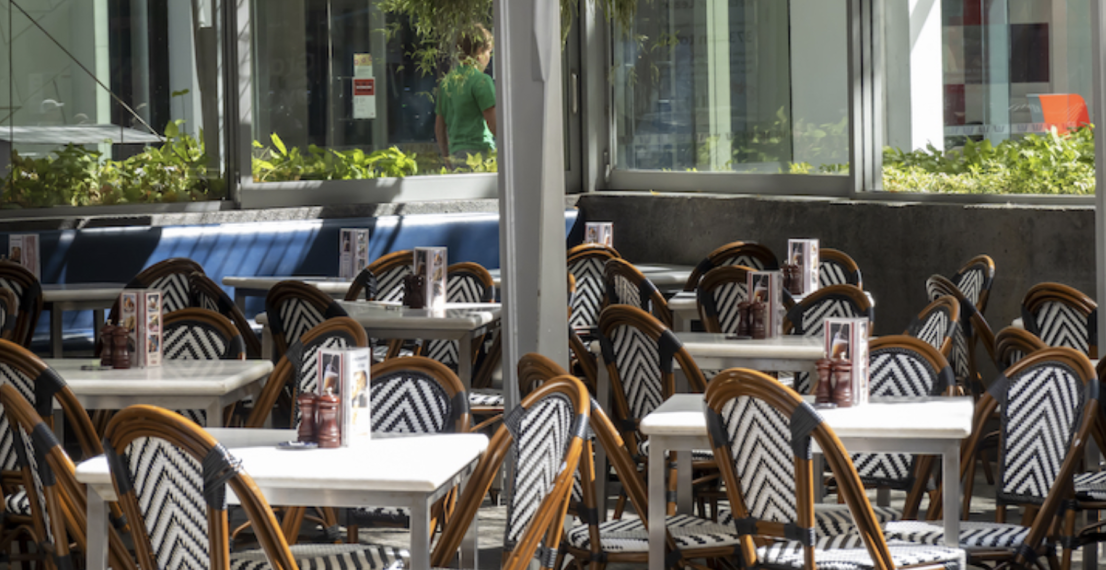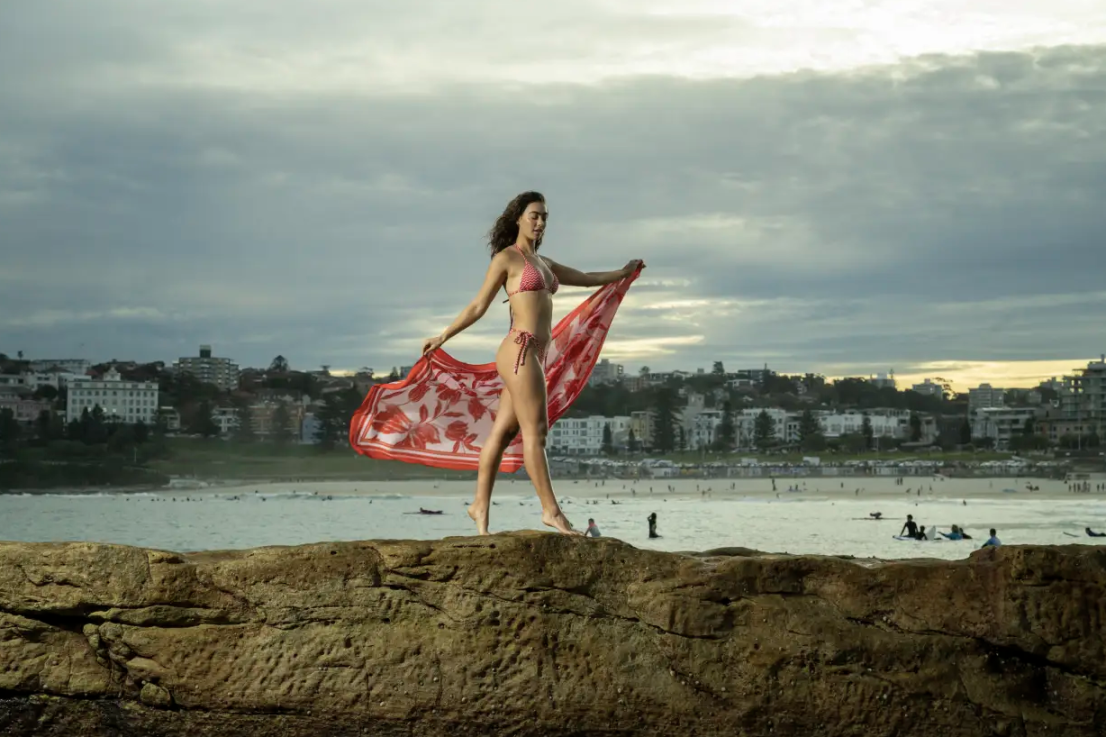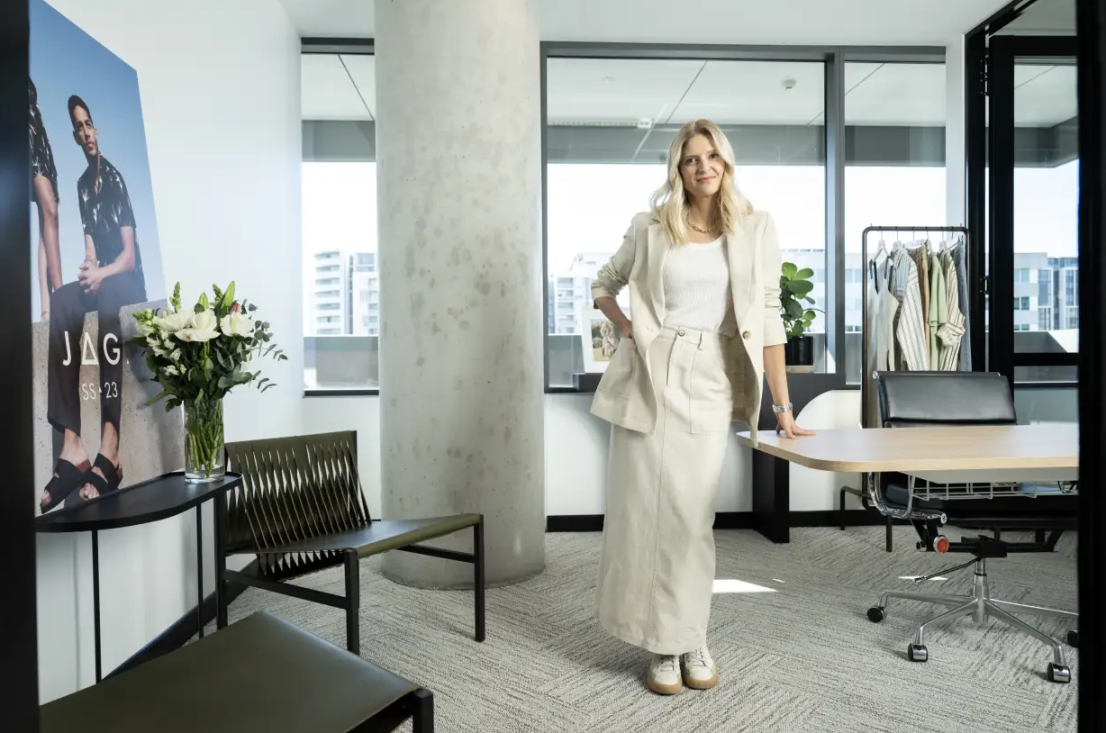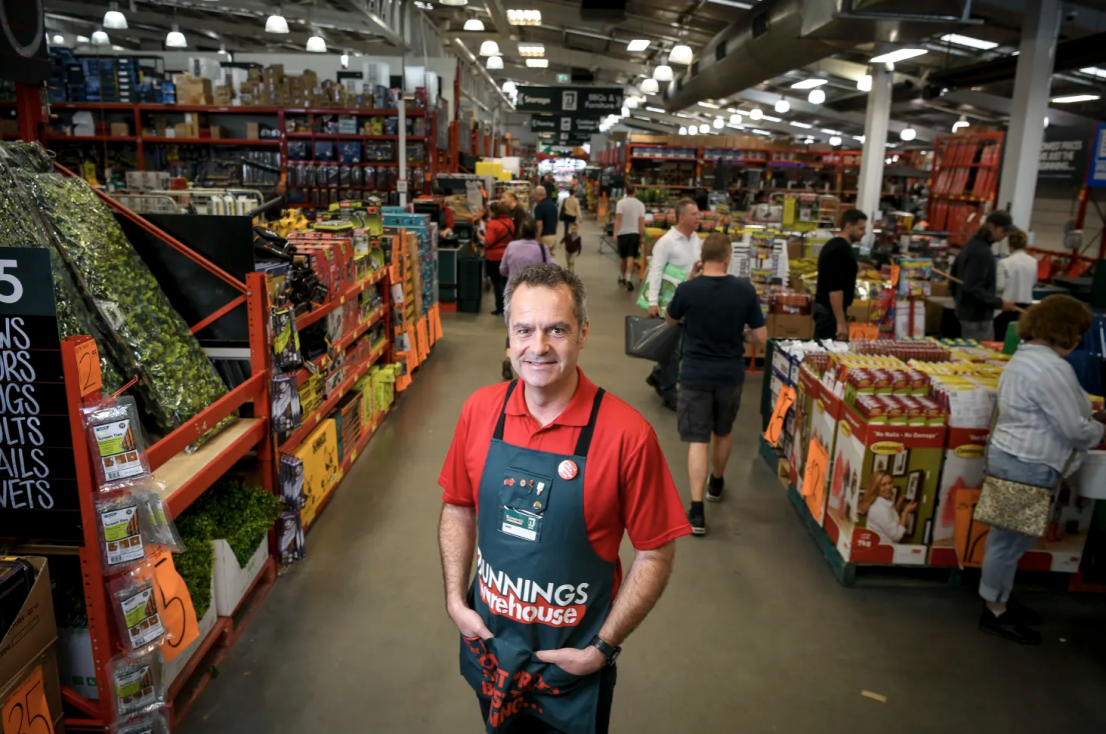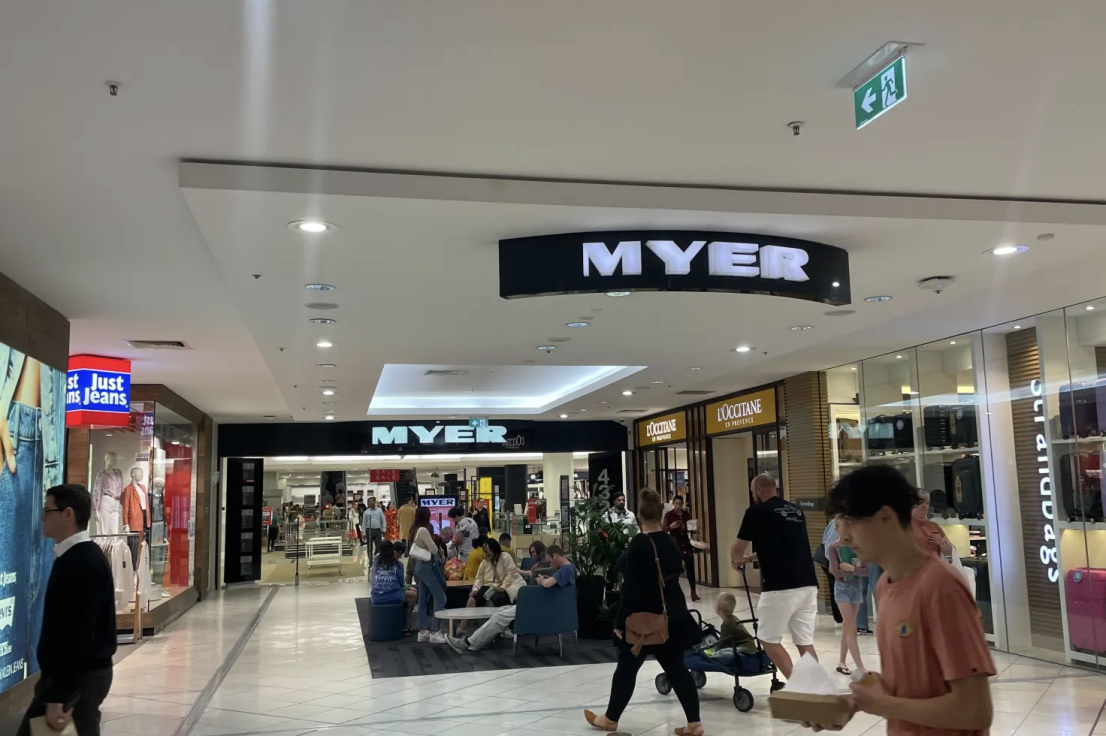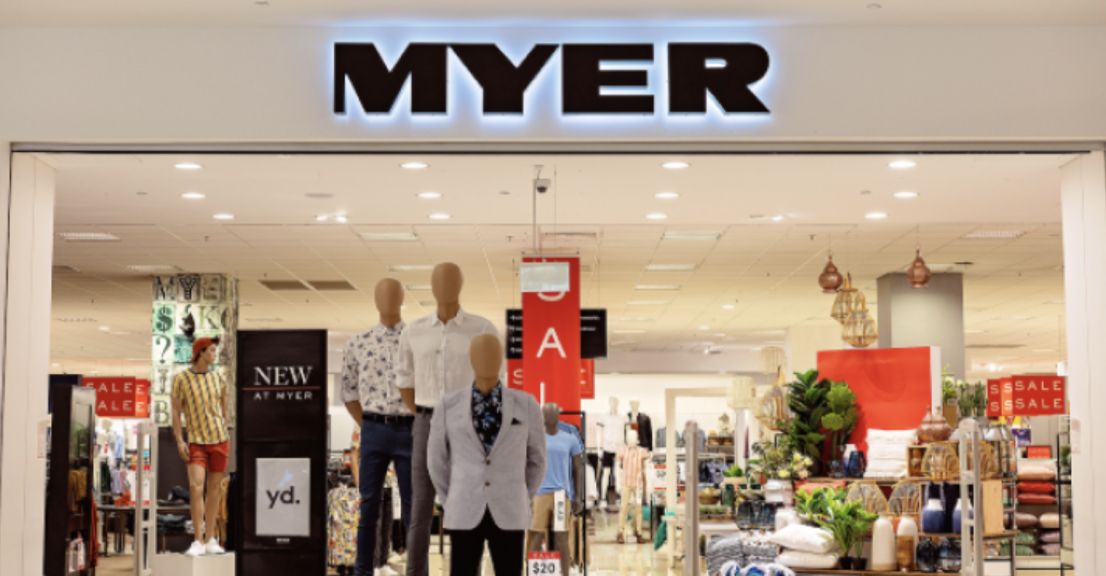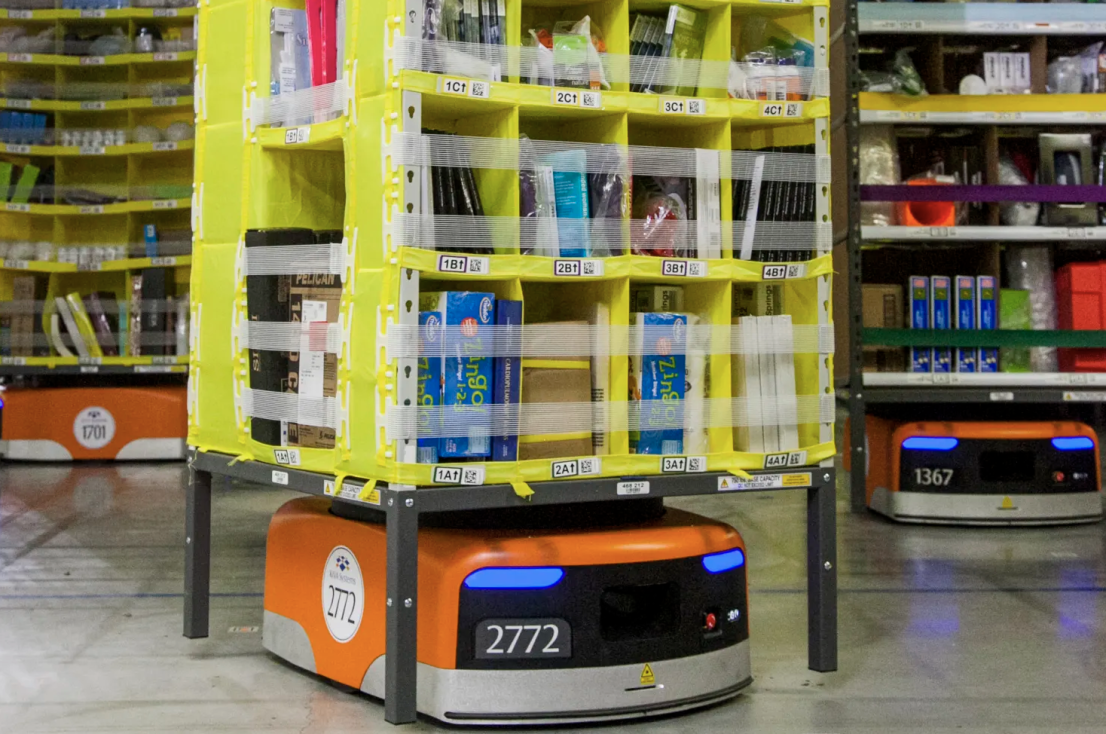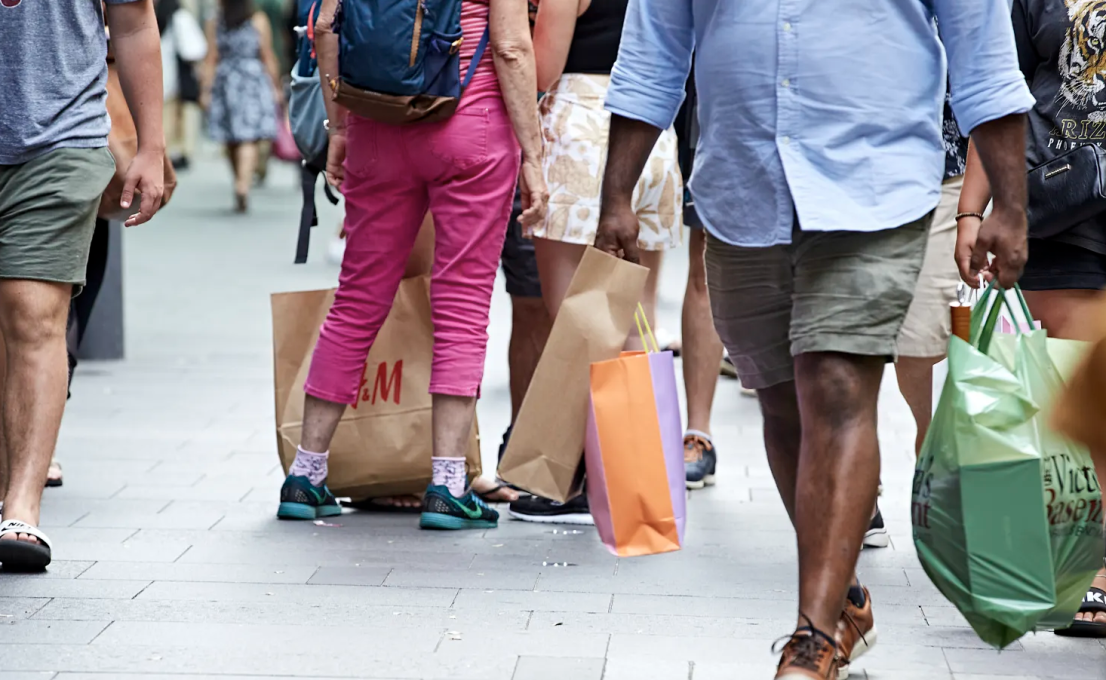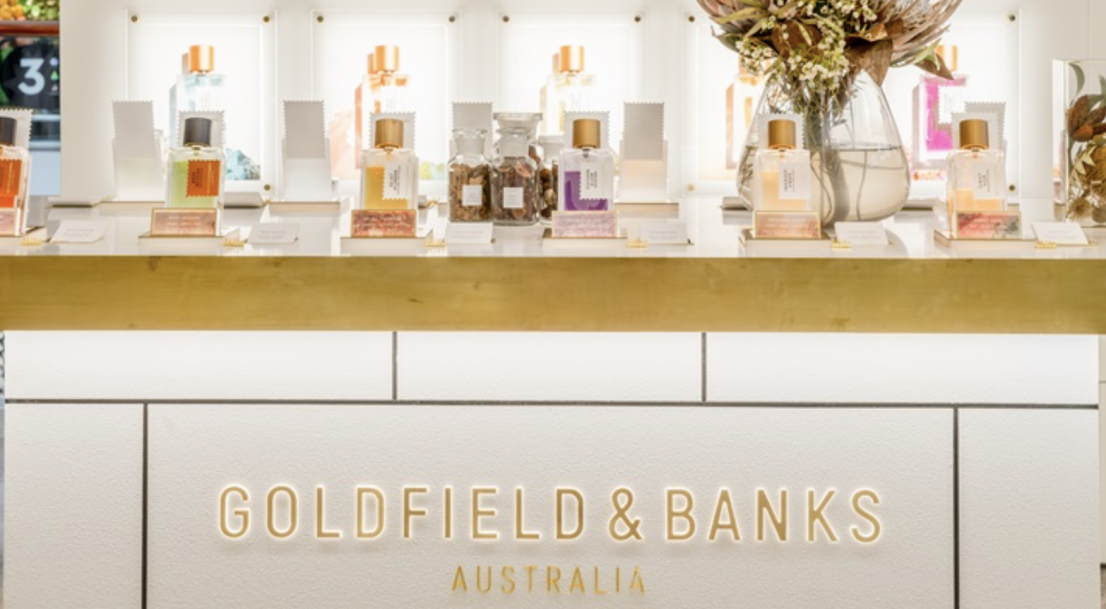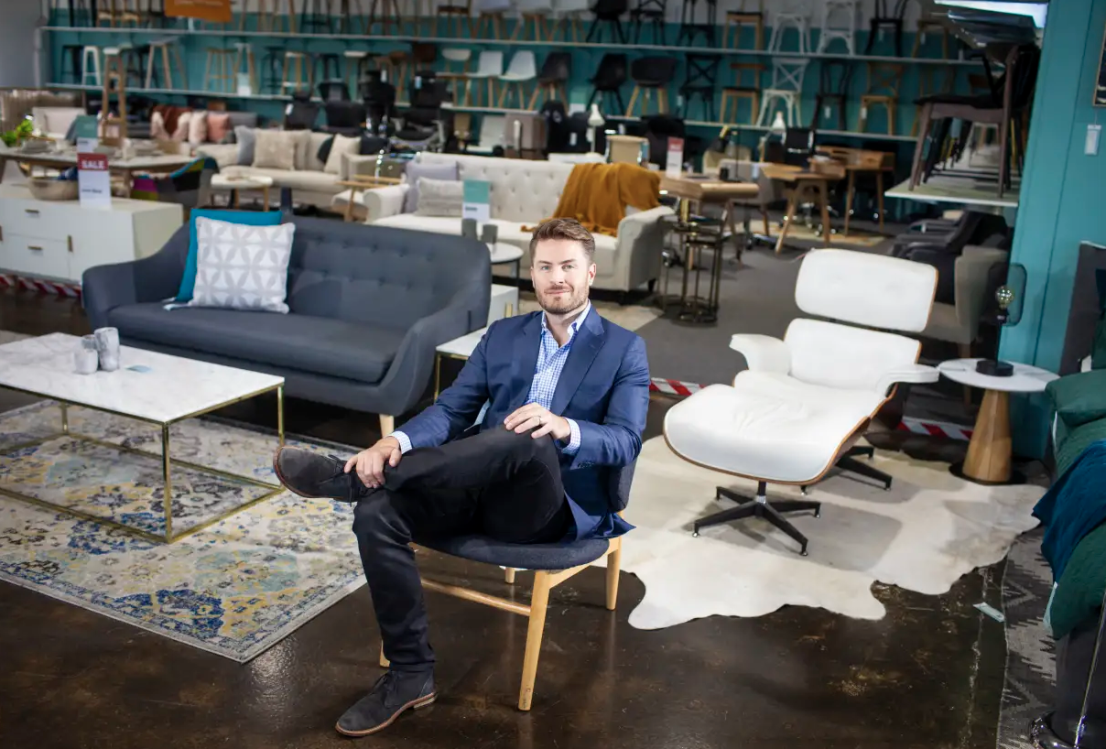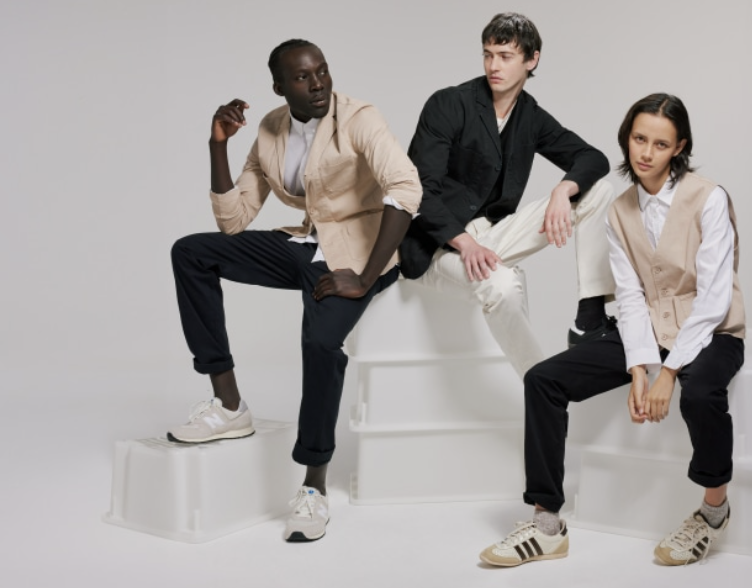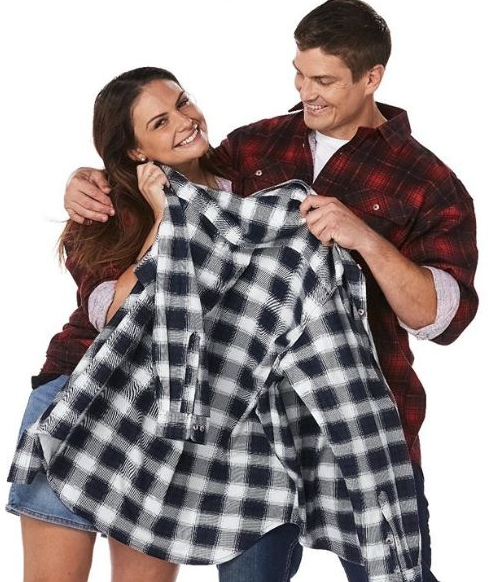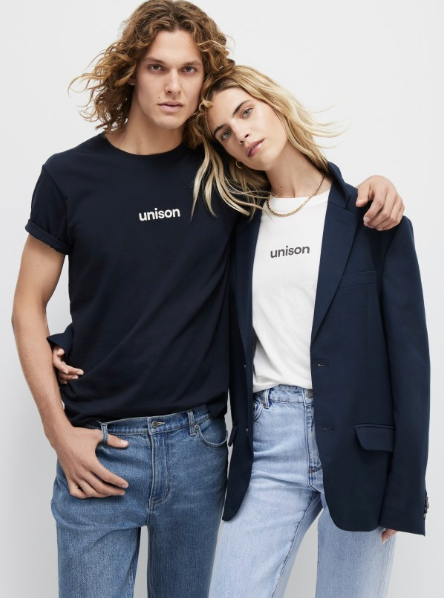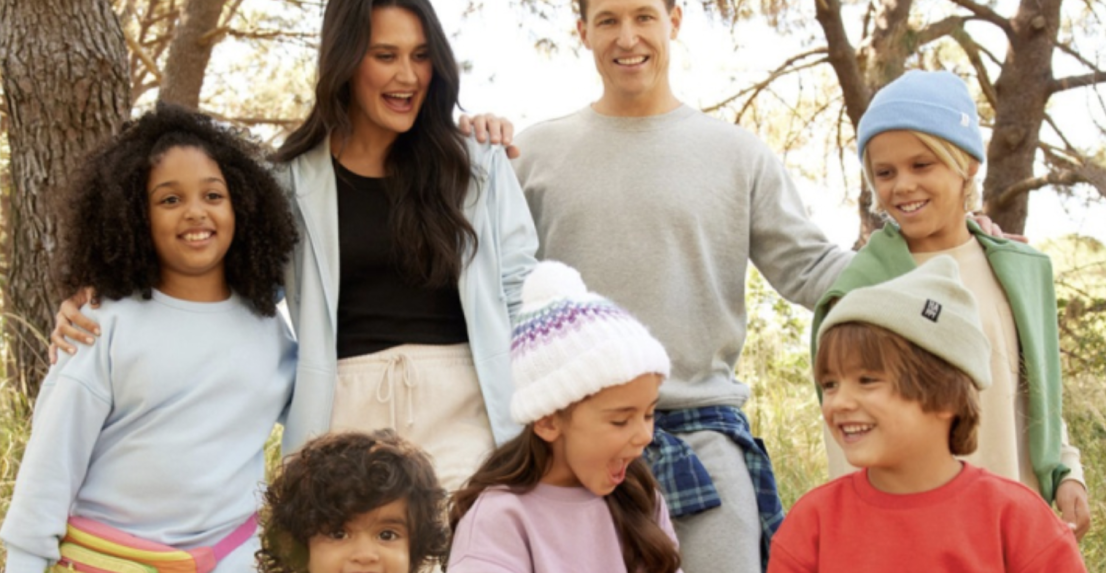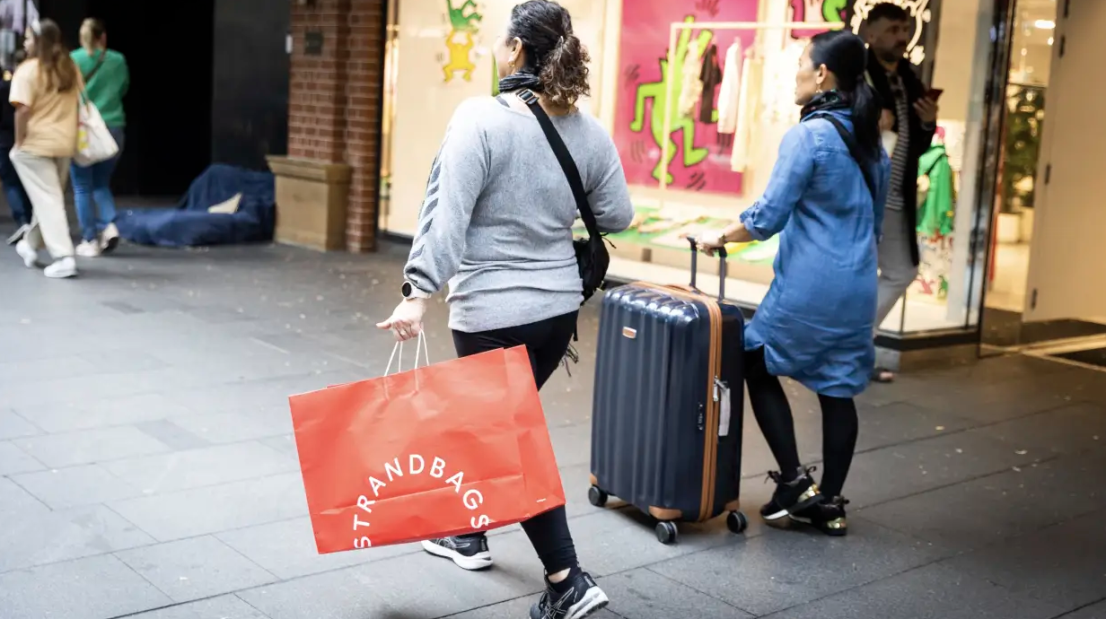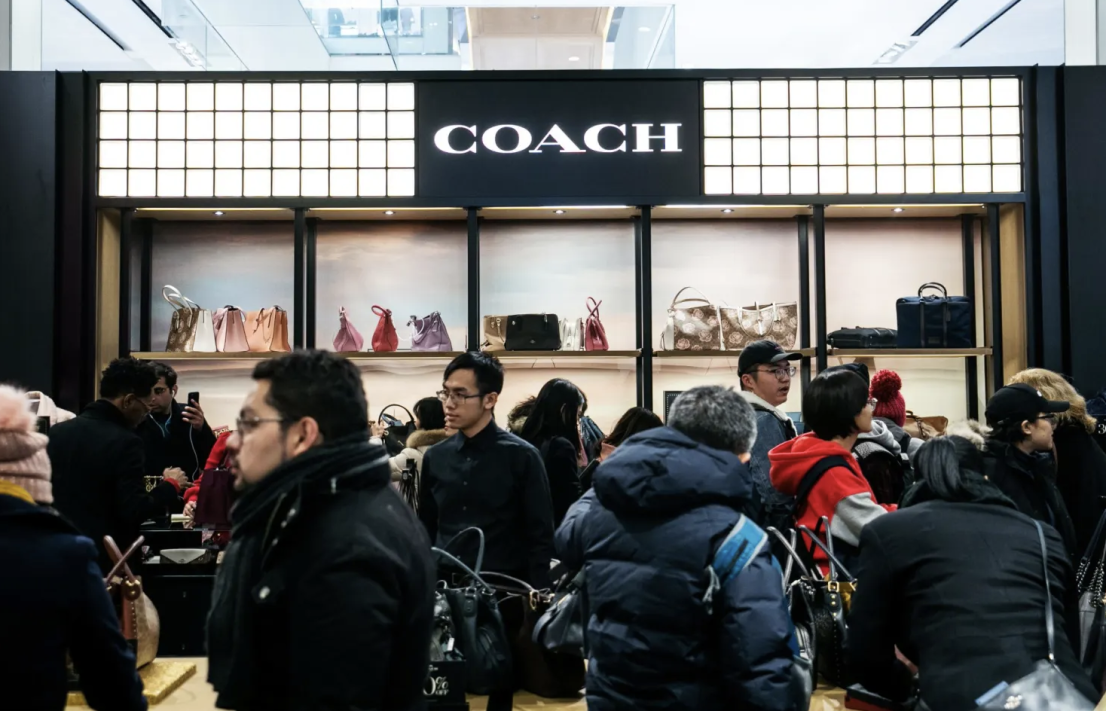
Tapestry, the owner of brands including Coach and Kate Spade, agreed to acquire Versace and Michael Kors parent Capri Holdings in an $US8.5 billion ($13 billion) deal that shows the wave of consolidation in the luxury-goods sector is far from finished.
Tapestry and Capri separately built up their own stables of high-end brands in recent years, but they’ve been no match for the breadth and depth of European luxury houses LVMH and Kering. The continental giants own brands that touch on an array of sectors, including apparel, ready-to-wear, jewellery, watches and alcohol.
The Capri acquisition is an attempt to try to compete more effectively against luxury’s top players, particularly in handbags — strengths for both Coach and Michael Kors — and shoes. Tapestry owns the Stuart Weitzman footwear brand and Capri owns Jimmy Choo.
“By joining with Tapestry, we will have greater resources and capabilities to accelerate the expansion of our global reach,” Capri chief executive officer John Idol said in the statement.
New York-based Tapestry is paying $US57 a share in cash, according to a statement, a 65 per cent premium over Capri’s last closing price. The $US8.5 billion enterprise value includes $US1.7 billion in net debt.
Capri shares surged as much as 58 per cent in New York trading, their biggest leap in the company’s nearly 12 years on the market. Tapestry shares fell as much as 10 per cent.
“Tapestry has made a good acquisition, paying a price that is in line with what we believed Capri was worth,” Citi analyst Paul Lejuez wrote in a research note.
The transaction is expected to close in 2024, subject to approval by regulators and Capri shareholders.
‘Powerful’ combination
The combination of the six brands “creates a new powerful global luxury house, unlocking a unique opportunity to drive enhanced value for” customers, employees and shareholders, Tapestry chief executive officer Joanne Crevoiserat said in the statement.
The combined businesses will be the fourth-largest luxury company in the world with a market share of around 5.1 per cent, according to GlobalData analyst Neil Saunders. In the Americas, it will be the second-largest player behind LVMH, he added.
The combined companies are likely to dominate the US handbag market. “The addition of Michael Kors cements Tapestry as the No. 1 player in the accessible luxury handbag market in the US by a wide margin,” Wells Fargo analyst Ike Boruchow wrote in a research note. The companies’ “accessible” luxury items are much less expensive than the highest-end brands, such as LVMH’s Louis Vuitton. The accessible-luxury sector has been challenged in recent quarters in the US, though, as aspirational shoppers there pull back on spending with the pandemic luxury boom waning.
China rollout
Tapestry, whose Coach brand has been in China for decades, will likely focus on accelerating the rollout of Michael Kors in the country, which could help compensate for more sluggish sales lately on the companies’ home turf in the US. Tapestry generates around 15 per cent of its revenue in China, while Capri makes around 6 per cent to 8 per cent of sales in the country.
By adding Versace to its brands, the acquisition gives Tapestry its first direct access to a European luxury marque. Capri bought Versace in 2018 and has focused on increasing the brand’s sale of handbags and other accessories, successfully boosting revenue.
The companies said there are no financing conditions attached to the deal. Tapestry has secured $US8 billion in fully committed bridge financing from Bank of America Corp. and Morgan Stanley. The company expects to fund the $US8.5 billion purchase price through a combination of senior notes, term loans and excess Tapestry cash, using a portion of it to pay down some of Capri’s debt.
Capri’s shares have tumbled recently as a pullback in spending by US consumers in department stores dented sales of the mass-market Michael Kors brand. The company shares had fallen around 31 per cent in the past 12 months.
Capri, also based in New York, had been scheduled to report fiscal first-quarter earnings on August 8.
Luxury giants have been snapping up smaller brands in the world of Big Fashion even as inflation has potentially darkened the outlook for discretionary spending. Cosmetics firm Estée Lauder Cos. took over Tom Ford in a $US2.8 billion deal announced last year and completed in April. Kering, which had held talks to buy Tom Ford before it was sold to Estée Lauder, agreed a deal last month for a 30 per cent stake in fashion house Valentino for around $US1.9 billion. Kering also agreed in June to acquire perfume maker Creed at an undisclosed valuation.
Meanwhile, Tapestry benefited from a stronger-than-expected rebound in China sales in the quarter ended April 1. The company expects mid-single-digit sales growth in China in its current fiscal year. Tapestry’s shares have climbed nearly 20 per cent in the past year, valuing the firm at about $US9.6 billion.
Tapestry said the acquisition will generate cost synergies of more than $US200 million within three years after the closing of the deal due to supply-chain and other operating efficiencies. The new company will employ more than 33,000 people globally.
Tapestry said it’s committed to an investment-grade rating and that it anticipates reaching a leverage ratio of below 2.5 times debt to earnings before interest, taxes, depreciation and amortisation within two years of the closing of the deal — a target that it will aim to maintain in the long term.
Tapestry will suspend its share buybacks to prioritise debt reduction after the acquisition. The deal will be immediately accretive to earnings per share, the company said.
